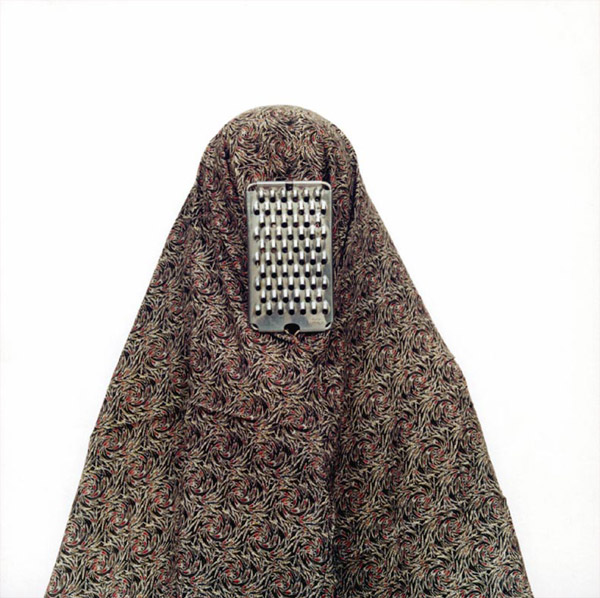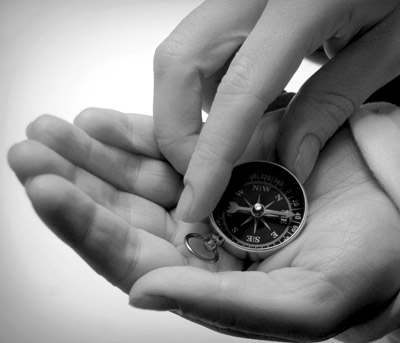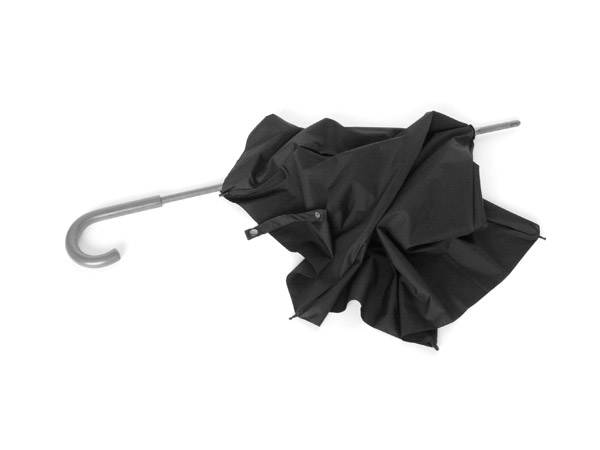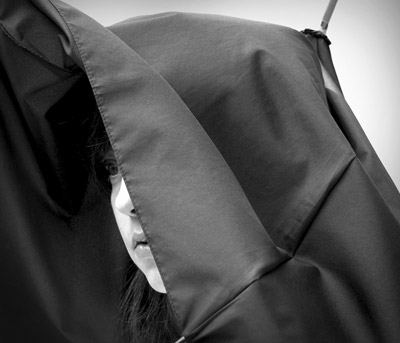
Of course I constantly despair at my own incapacity, at the impossibility of ever accomplishing anything, of painting a valid, true picture or even of knowing what such a thing ought to look like. But then I always have the hope that, if I persevere, it might one day happen. And this hope is nurtured every time something appears, a scattered, partial, initial hint of something which reminds me of what I long for, or which conveys a hint of it - although often enough I have been fooled by a momentary glimpse that then vanishes, leaving behind only the usual thing.
I have no motif, only motivation. I believe that motivation is the real thing, the natural thing, and that the motif is old-fashioned, even reactionary (as stupid as the question about the Meaning of Life).
- Gerhard Richter (20 February 1985)*

Several things strike me in the text above. One of them is how distant Richter seems from any sort of affirmation of having found something (he's so incredibly distant from Picasso's "I don't search - I find"!). It is much more than humbleness. It seems an actual feeling of worthlessness. And, all the same, persistent.
Another thing is the wonderful phrase: "a momentary glimpse that then vanishes, leaving behind only the usual thing". The usual thing. Great stuff.

Yet another nice touch is the identification of "the natural thing" with "the real thing". Coming from Richter, it sounds just out-of-this-world. I'm too tired to explain this, I hope you can think of what I mean.

*quoted from:


























